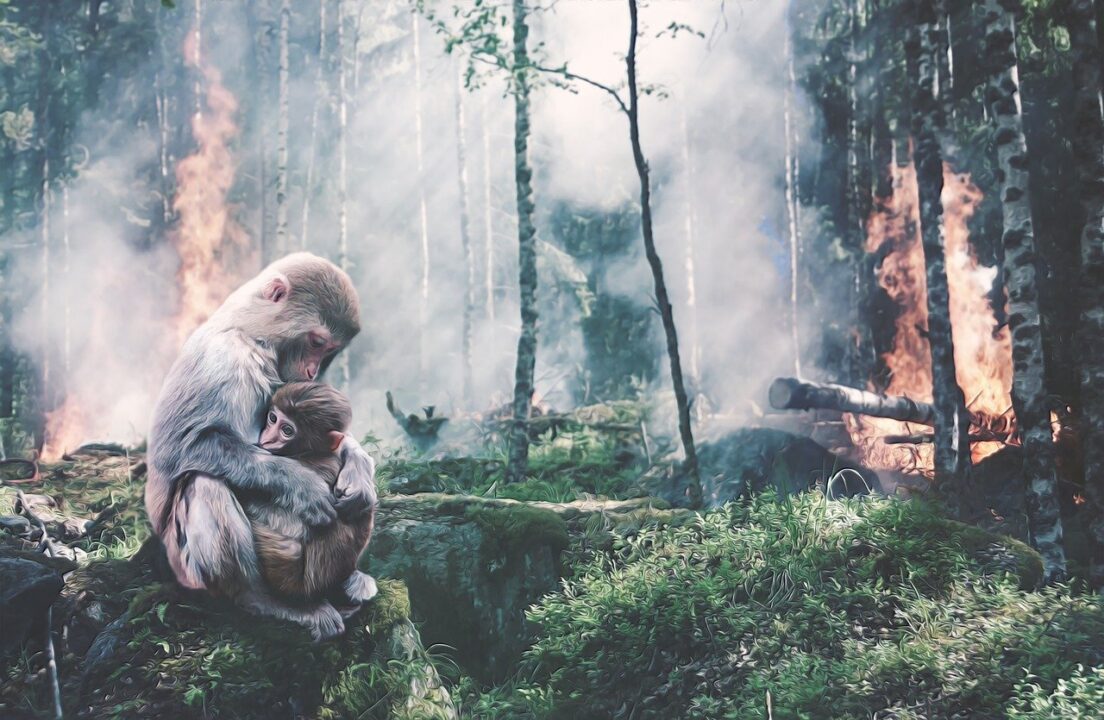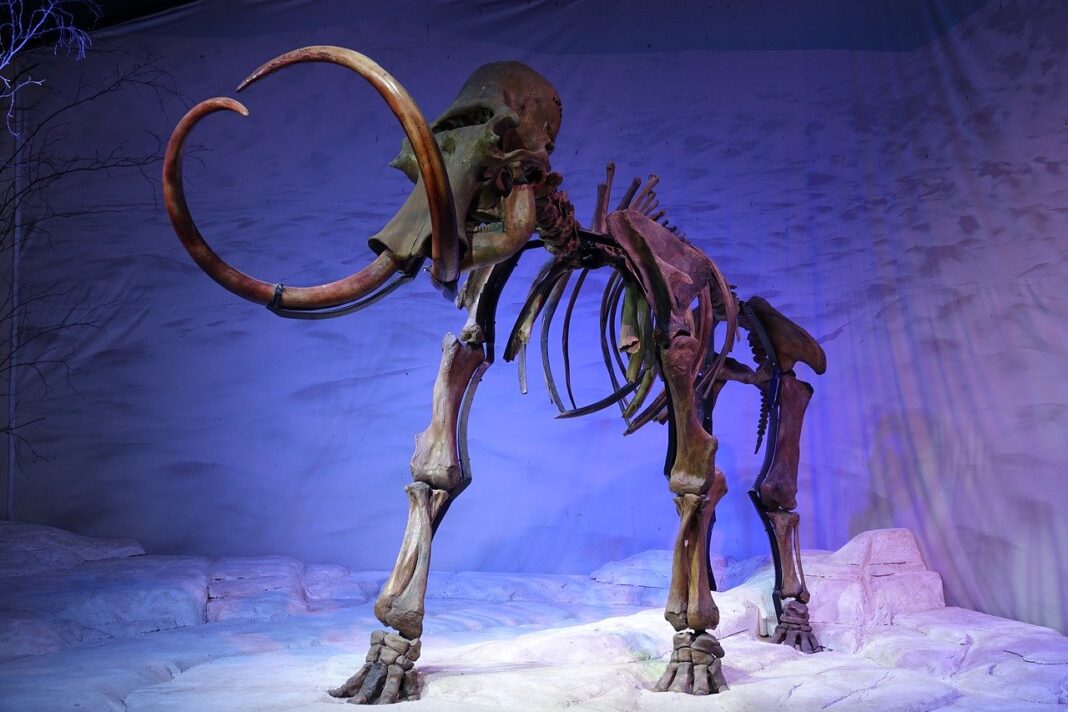According to scientific calculations, another 550 species of animals may become extinct. Scientists believe that the extinction of the mammoth and a saber-toothed tiger is just the iceberg’s tip. According to the current situation, the rate of extinction will increase rapidly by 2100. Fossil evidence datasets are the main factor for these predictions.

The red list of endangered species is rising every year. Some insect species may have become extinct before they were discovered. And how about the mammals?
Humanity Is to Blame
Recent research suggests that humans have been responsible for the disappearance of mammals in recent decades. The Globe inhabitants are changing or even damaging the natural habitats of animals.
Let’s remember when world news said that a blue sky appeared over China and smog clouds disappeared during the COVID-19 quarantine. Or marine animals that had not been seen there for a long time began to return to the Mediterranean sea.

We can mention burning crops to get palm oil in India, or logging and the Amazon forests deforestation. The ubiquitous pollution of the globe affects the entire food chain – including us, the humans.
Is There a Chance for Redress?
“Despite this ‘alarming’ scenario, we could save hundreds if not thousands of species with more targeted and efficient conservation strategies,” said Tobias Andermann of the Gothenburg Global Biodiversity Center and the University of Gothenburg.
The public needs to know about the impending global crisis. We don’t have time to waste. “With every lost species, we irreversibly lose a unique portion of Earth’s natural history,” he said.
Some theories state that each species has its origin and extinction. So when will it be humans’ turn?
Source and credit: https://www.bbc.com/news/science-environment-54034134















